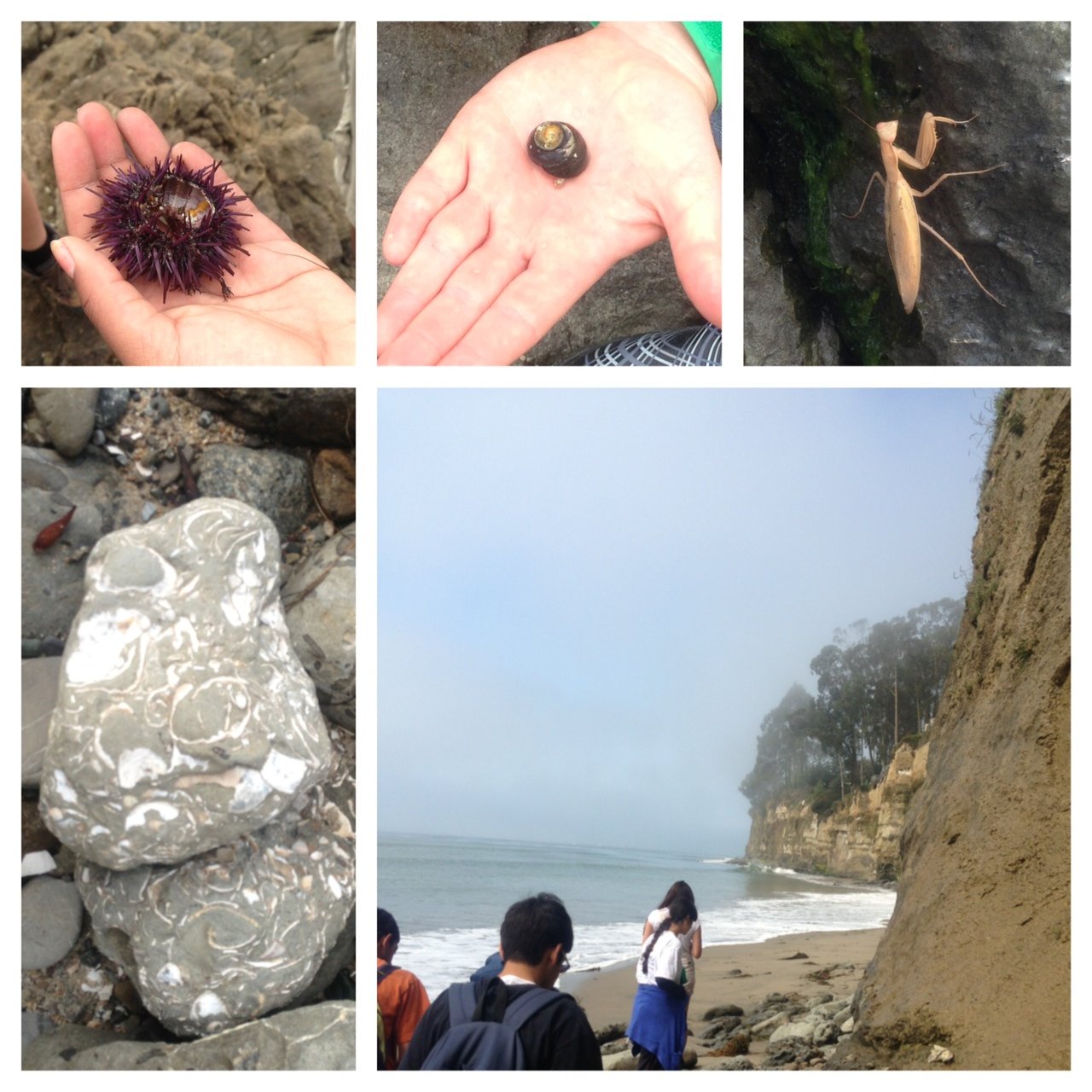Vaishali Amin
more than just paleontology
posted July 31, 2013
I can’t believe that already 6 weeks have flied by since the first day I walked into the Mitchell Earth Science building for orientation not knowing what to expect. I never thought I would say this, but I am really going to miss all the people I’ve met and the experiences we’ve shared here at Stanford. Not only did this internship expose me to paleontology and what this field entails, but I also learned a lot about myself; what I can envision myself doing in the future and if paleontology is a path I want to pursue in college.
As the internship is coming to a wrap, all of the interns have formed groups of 2 to 3 to work on a research project we will be presenting at the AGU Conference in San Francisco in December. In one of the articles we read at the beginning of the internship, we were introduced to two conflicting rules- Cope’s and Bergmann’s Rule. Cope’s rule states that as time progresses, body size increases, while Bergmann’s rule states that as time progresses and temperature increases, body size decreases. Inevitably, these two rules will conflict during times of rising temperature. So, for my group's research project we asked the question, “During times of constant temperature increase, does Bergmann’s rule overtake Cope’s rule or does Cope’s Rule overtake Bergmann’s Rule for marine ostracods?” We are currently using “R”, a programming language, to create statistical graphs using the data we have been collecting for the past six weeks to analyze trends of ostracod body size during periods of rising temperature.
This week, we will continue to finalize our research project and create a poster we will be presenting to the other interns regarding everything we have learned and done this summer!

Field trip to beaches
posted July 06, 2013
On June 2nd, the history of life program went on a field trip to Capitola. We first arrived at a beach with a huge outcrop. Embedded in the outcrop and the rocks surrounding the outcrop were fossils from the Pliocene age. We were even lucky enough to see a whale bone embedded in one of the rocks!!! We then went to pebble beach to look at living Echinoderms in tide pools! We saw living (and dead) purple sea urchins, mussels, barnacles, hermit crabs, and cancer crabs.
Here are some pictures from the day!! :)

